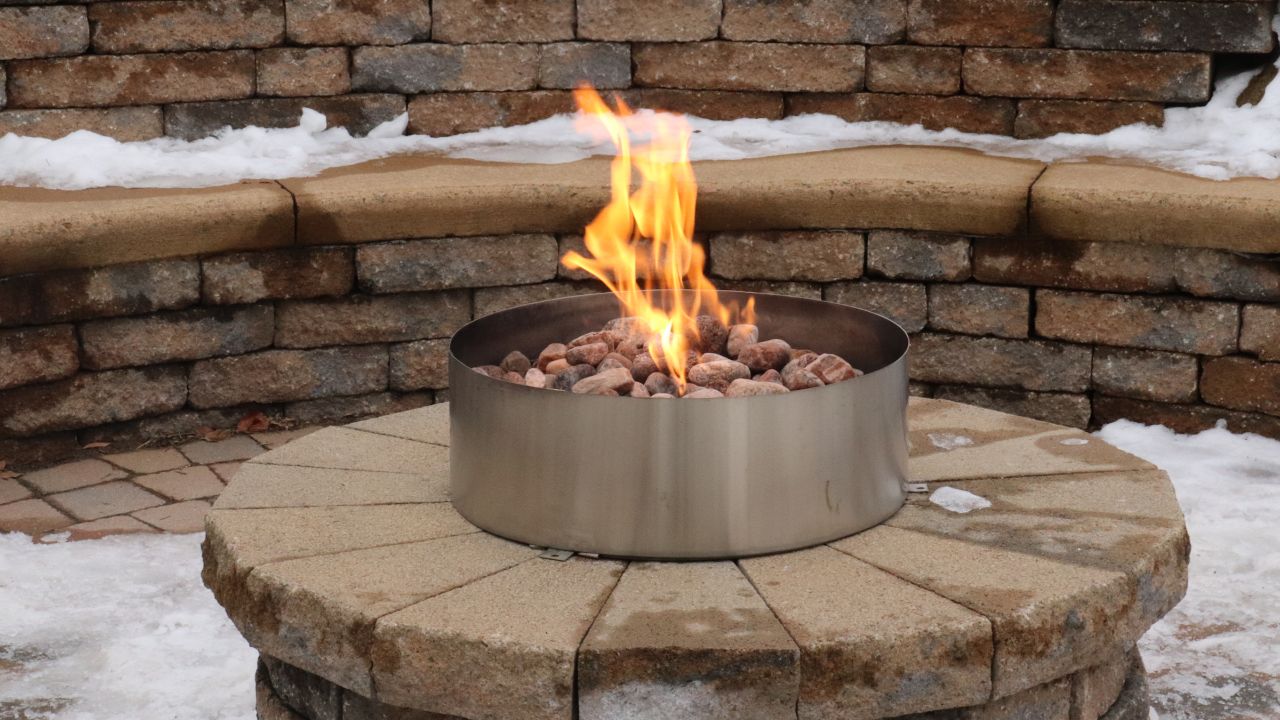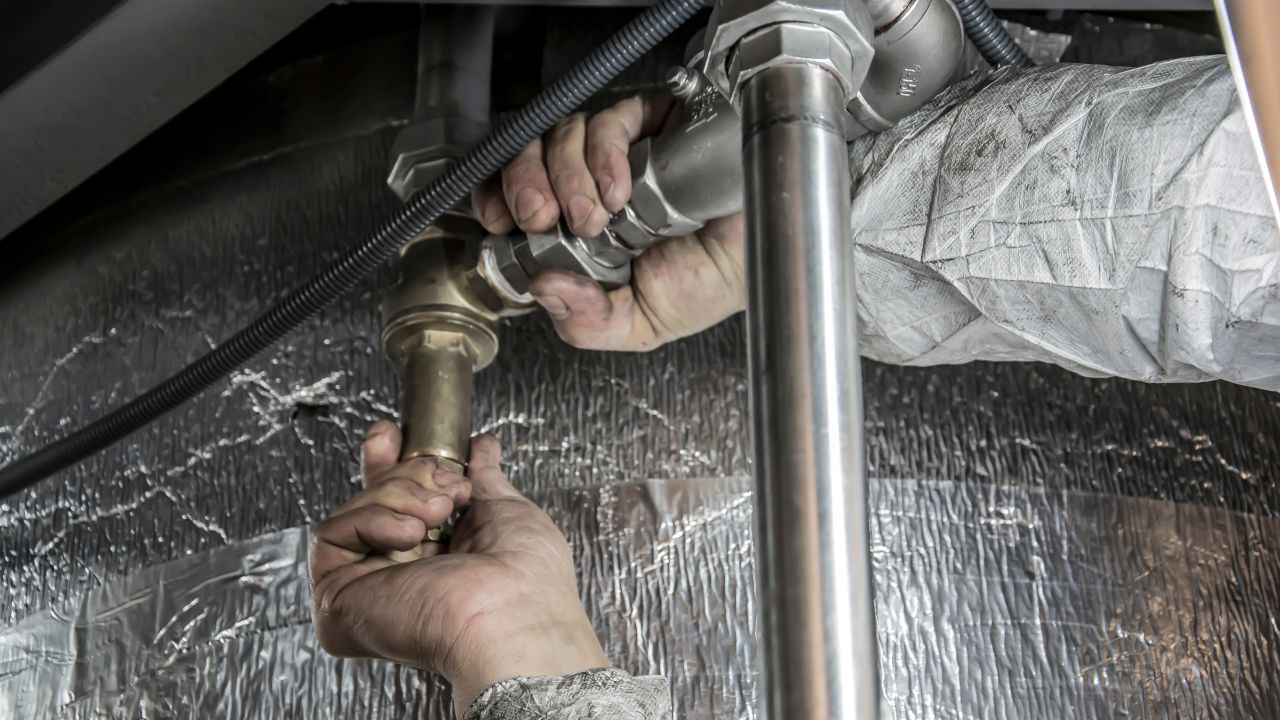There’s something timeless about sitting around a fire. Maybe it’s the crackle of the flames. Or that comforting glow that makes even strangers feel like friends. Either way, fire pits are more than just a backyard trend—they’re an emotional anchor in our outdoor spaces. They bring warmth, light, and a strong sense of connection. And if you’re thinking of transforming your yard, patio, or deck, adding a fire pit could be your best move yet.
Let’s be honest—most of us crave cozy outdoor moments. Think about breezy autumn nights, roasting marshmallows with family, or having deep talks with friends under the stars. The fire pit becomes the heartbeat of those moments. And the best part? It doesn’t take a massive backyard or luxury budget to create something amazing.
That’s where CozyCasa has inspired a new way to think about outdoor design. They’ve set the gold standard for making fire pits the centerpiece of modern, inviting outdoor areas. But you don’t need to follow a script—you can make it your own. Let’s explore how.
Step One: Understand Your Space and Its Personality
Before you go shopping or planning, take a moment to listen to your space. Yes—listen. Every outdoor area has a natural vibe. Some are cozy nooks tucked behind shrubs, others are wide-open decks with sweeping views. The key is matching your fire pit to your space’s character.
If you’ve got a small patio, a compact tabletop fire bowl might be perfect. They’re safe, stylish, and don’t overwhelm the space. For larger yards, you might go bold with a sunken fire pit surrounded by built-in seating. Think of it like choosing a sofa for your living room. It should fit the size, function, and feel of the space.
Here’s a quick comparison to guide your fire pit style choice:
| Space Type | Recommended Fire Pit Style | Bonus Ideas |
|---|---|---|
| Small Balcony/Patio | Tabletop or Portable Fire Bowl | Pair with folding chairs and plants |
| Medium Backyard | Standalone Fire Pit | Add stone pavers and string lights |
| Large Open Yard | Built-in Sunken Fire Pit | Include curved bench seating |
| Rooftop or Deck | Gas Fire Table | Match with modern furniture |
Remember, it’s not just about the size—it’s about how you feel in the space.
Choose the Right Fuel: Wood, Gas, or Gel?
Choosing a fire pit means also choosing how it burns. Each fuel type changes the entire experience. Wood-burning pits are raw, crackling, and romantic. Gas fire pits are cleaner, quicker, and modern. Gel fuel is a sleek option, often odorless and perfect for city settings.
If you’re someone who loves the sound of wood popping and doesn’t mind a little smoke, go traditional. There’s a nostalgia there that’s hard to beat. But if ease and convenience are top of mind, gas or propane might suit your lifestyle better.
Here’s how they stack up:
-
Wood: Best for rustic charm and rich smell. Requires more cleanup.
-
Gas/Propane: Low maintenance, easy to start. Less ambiance but super practical.
-
Gel Fuel: Clean and stylish. Ideal for small spaces.
Think about your habits. Will you be using it for quick evening hangouts? Or long weekend chill-outs with friends? Your fire pit should work with your lifestyle, not against it.
Design Around the Fire Pit, Not Just With It
Here’s where the magic happens. A fire pit shouldn’t just sit in the middle of your yard like an afterthought. It should lead your outdoor design. When placed intentionally, it draws people in. It becomes the space where conversations start and memories form.
Start by arranging your seating in a semi-circle or full circle around it. This creates inclusion—no one’s left out. Use rugs, cushions, and throws to add softness and color. And consider layers. Add lanterns, outdoor candles, or even a string of Edison lights above the area to warm up the mood.
And don’t forget the ground. Stone pavers, crushed gravel, or a tiled platform can define the area and give it a grounded, finished look.
Design tips to elevate your fire pit area:
-
Use Adirondack chairs for rustic appeal
-
Add weatherproof pillows for comfort
-
Place side tables nearby for snacks and drinks
-
Include a firewood holder as a functional decor piece
-
Surround with planters to blend fire with greenery
Safety Is the New Style
We all want to enjoy the fire, not fear it. That’s why safety is style’s best friend when it comes to fire pits. Simple precautions make a huge difference. Start with proper placement—keep it away from structures, low-hanging branches, or anything flammable.
If you’re using a wood-burning pit, always have a spark screen. It keeps embers from flying. For gas fire pits, check your lines and fittings regularly. And always keep a bucket of sand, a fire extinguisher, or a garden hose nearby.
Especially if you have kids or pets, look into models with glass barriers or walls around the flame. They still look great and help prevent accidents.
Fire pit safety checklist:
-
Minimum 10 feet from any structure
-
Non-flammable base (stone, tile, or gravel)
-
Fire screen or guard for wood models
-
Safe gas connection for propane pits
-
No loose furniture fabrics nearby
You can still be carefree—just make it a safe kind of free.
Make It Seasonal, Make It Yours
Fire pits aren’t just for fall. They’re year-round companions. In spring, pair them with blooming flowers and soft pastels. In summer, gather friends for late-night laughs and a glass of wine. In winter, snuggle under a blanket with hot cocoa and let the fire do its thing.
Personal touches are where it really shines. Add a vintage metal sign, a hand-carved log bench, or fairy lights draped through nearby trees. You could even place an outdoor rug beneath the pit to anchor the space.
Let the fire pit reflect your personality. Minimalist? Go with concrete or black steel. Boho? Add macrame accents and lanterns. Coastal? Choose light woods and white stones.
The beauty is in the details.
Hosting with Heart: Fire Pit as the Social Hub
Let’s face it—everyone loves an invite that ends with “we’ll be by the fire.” The fire pit doesn’t just warm your hands. It warms the mood. There’s something powerful about a flame that makes people open up.
Plan casual get-togethers where the fire pit is the center of the fun. Toast s’mores with kids, tell ghost stories, or simply let the fire dance while you sip tea and talk about life. It’s an excuse to slow down in a fast-paced world.
And when you’re not entertaining? It becomes your personal retreat. A place to sit in silence. Watch the stars. Clear your mind.
The fire pit becomes more than decor—it becomes part of your story.
Final Thoughts: Your Outdoor Glow-Up Starts with Fire
The real joy of adding a fire pit to your space isn’t just about decor. It’s about what happens when people gather. Laughter. Comfort. Silence shared with someone you love. It’s those moments we remember most.
So if you’re dreaming of giving your outdoor space a glow-up—start here. Build around the flame. Let it be your inspiration. CozyCasa showed us it’s not just about warmth. It’s about connection.
You don’t need a mansion or a giant budget. Just the heart to create something special.

